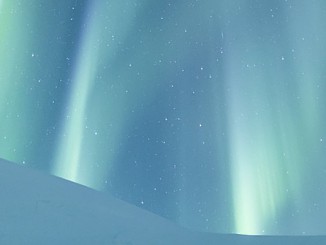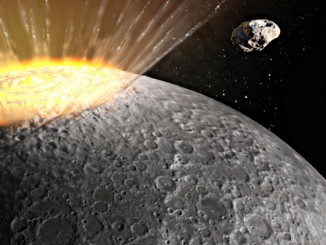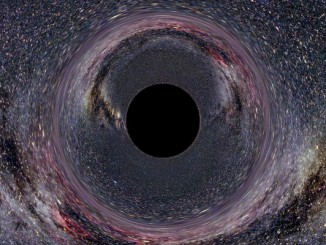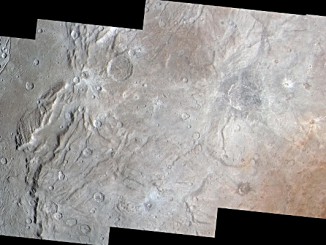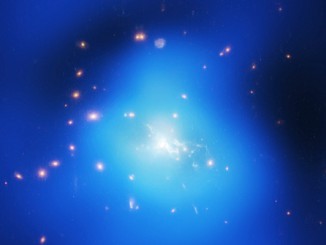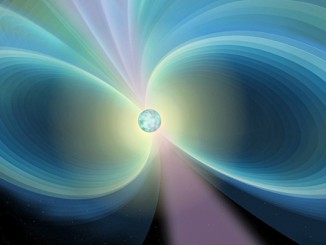
Researchers find a new way to weigh pulsars
Until now, scientists have determined the mass of stars, planets and moons by studying their motion in relation to others nearby, using the gravitational pull between the two as the basis for their calculations. However, in the case of young pulsars, mathematicians at the University of Southampton have now found a new way to measure their mass — even if a star exists on its own in space.

